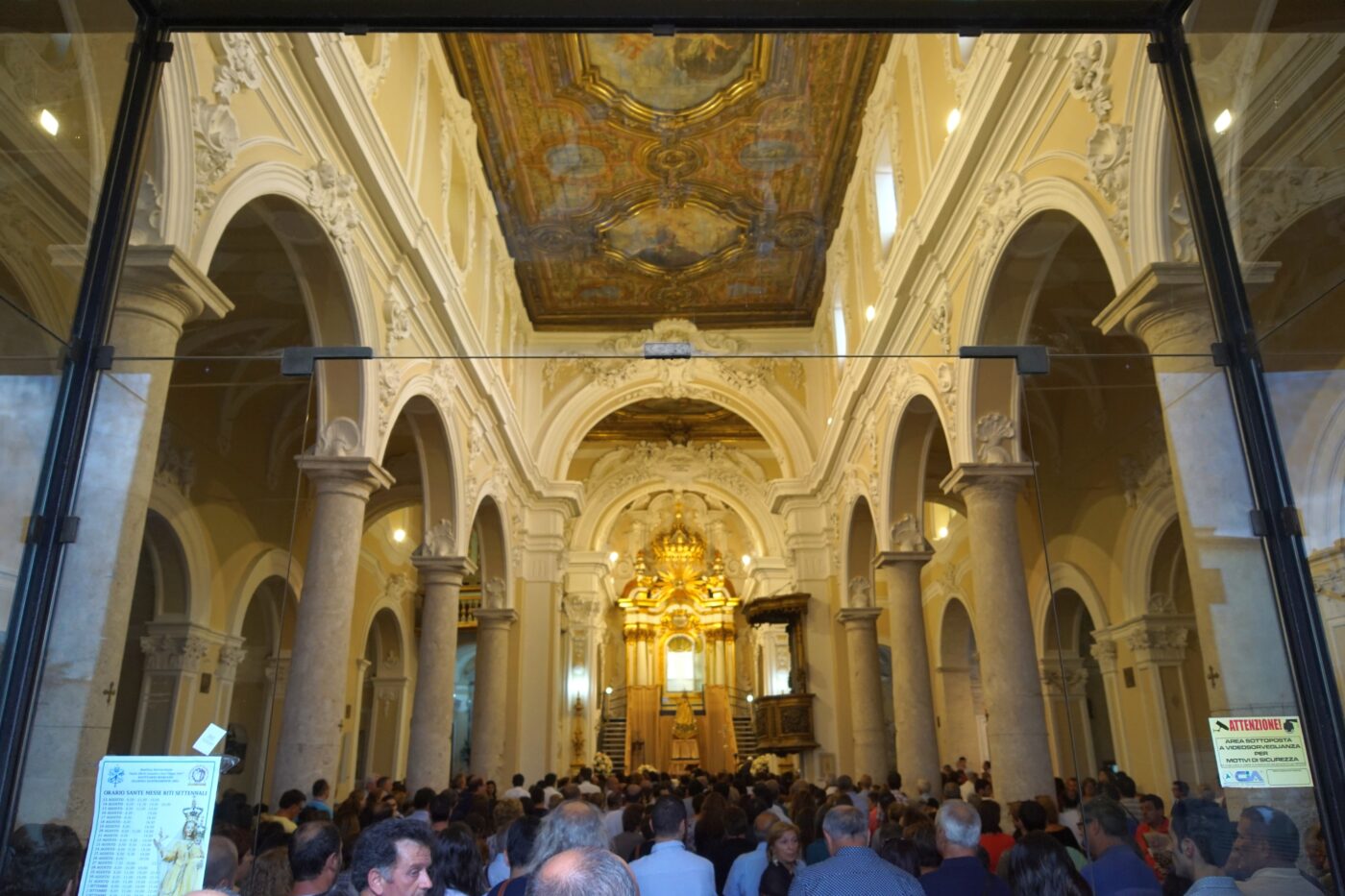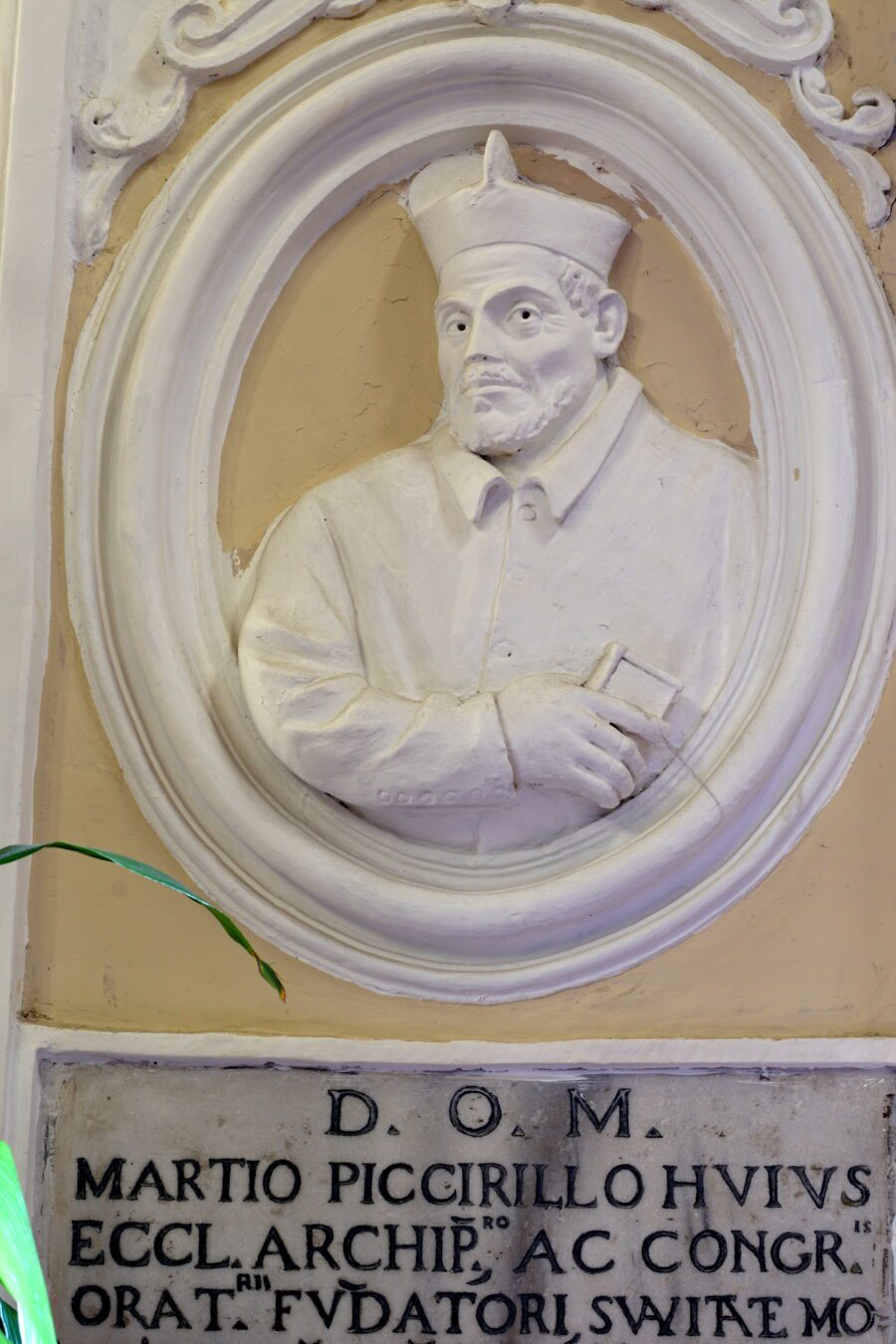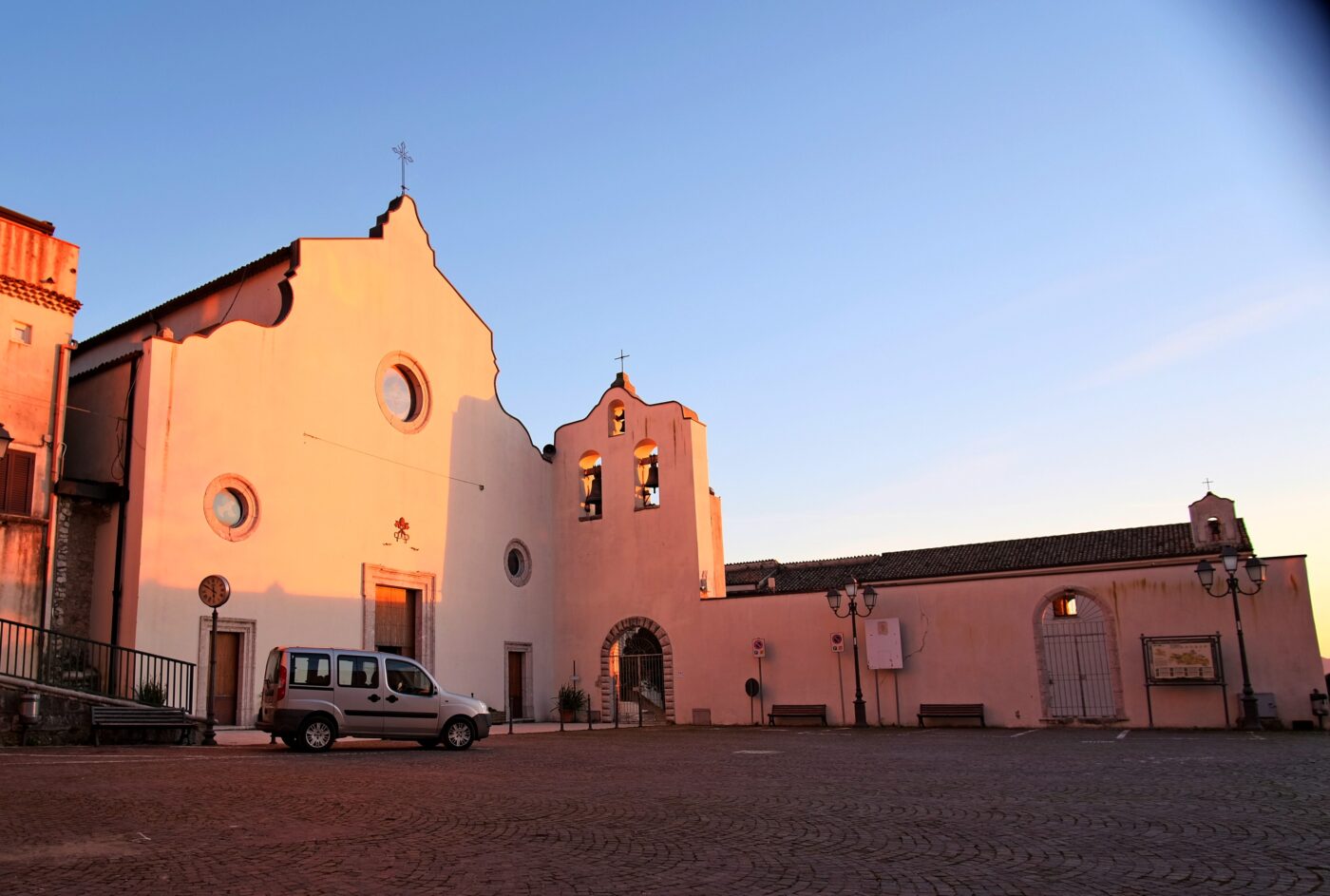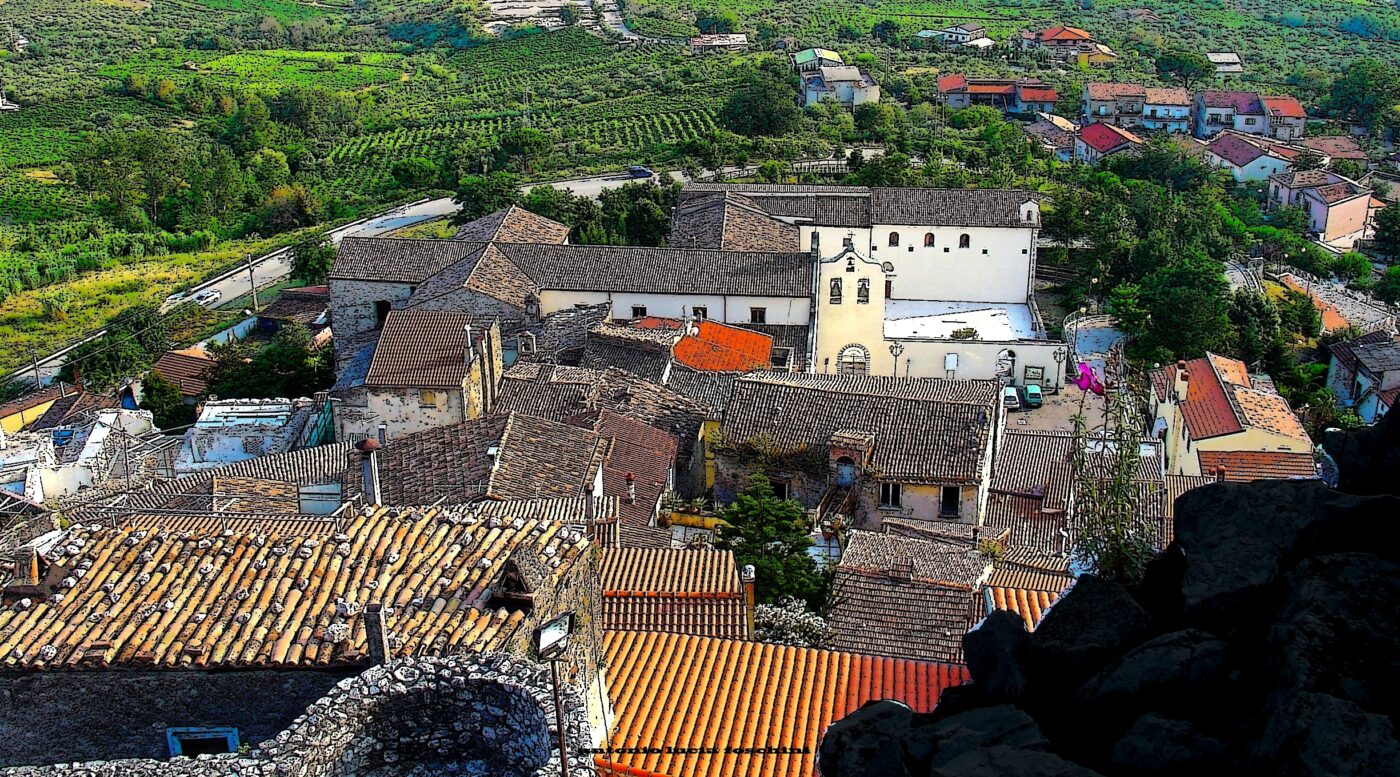THE CHURCH AROUND THE CORNER
In every village in Italy, the church is the core of the town. This is mine
Come Christmas Eve last year, I overheard a choir singing. It was performing “Joy To The World.” I moved toward the voices to listen more closely. Next the singers rendered “Come All Ye Faithful.” I called my wife so she could eavesdrop through my phone.
So it went for the nine months I spent living in a house in Southern Italy around the corner from a church. Every day, I heard its bells toll, usually to signal morning or evening mass. On special occasions, the gonging changed its tune, briskly cheery for weddings and slowly somber for funerals.

The Sanctuary-Basilica of the Assumption was less than 100 yards from our doorstep, right up a cobblestone street set on the steepest of hills. It’s located in Guardia Sanframondi, an ancient hillside town, still largely provincial, highly agricultural and heavily populated by farmers driving tractors and harvesting grapes and olives.
The baroque church was originally built in 1642, only to be swept away in a flood in 1660, rebuilt from scratch, shaken flat in an earthquake in 1688 and reconstructed yet again. Father Marzio Piccirilli, the priest named as its provost and curate in perpetuity, cared for victims of the Great Plague in 1656, only to die of the epidemic himself the same year.
His last words, drawn from Genesis, were, “Let me go, for the dawn is breaking.”

Almost everyone riding in all the cars that drove up our one-way street – named, by the way, after the priest – was headed to the church. Every Sunday, I took our dog for a walk as congregants from all over town approached the sanctuary for morning mass. “Buona Domenica! (Happy Sunday)” I greeted parishioners in my limited Italian.
On certain holidays – the Italian calendar abounds with days honoring saints – the church held ceremonies at night, going as late as 11 or midnight. The priest would broadcast his sermon, in Italian sprinkled with Latin, throughout the surrounding neighborhood over a public address system, complete with live organ music and congregants chanting psalms.
On Palm Sunday, our family – temporarily living under the same roof, all three generations of us – received a special treat. Parishioners passed our house in a solemn procession, adults and children alike cradling olive branches.
I loved living near that church. Maybe it meant all the more to me because it echoed my life as a Jew living in New York City for 46 years. Our family of four then resided just down the block – likewise less than 100 yards away – from a flourishing synagogue. Every Friday night and Saturday morning, I could see from our apartment window our neighbors, dressed to the nines, sauntering to services to celebrate the Sabbath.
This recent interlude in my life echoed a moment from my 2017 visit to St. Peter’s Square in Vatican City, only 136 miles north of our town. Suddenly, without warning, I felt all at once everything I imagined everyone ever must have felt across the centuries in pilgrimages to that vast piazza. Somehow, as if it were a thunderbolt firing electricity through my very being, I felt all the history that came together on that singular site, all the searching for answers, the desire for redemption, the expectation of salvation. I felt a fleeting recognition of everything religion at its best is supposed to be all about. It might have lasted all of five seconds, this once-in-a-lifetime revelation, but its transcendence overwhelms me to this day.

The church cast a spell on me. Just as I’ve always felt a kinship among my fellow Jews in New York, so have I felt a kinship with Roman Catholics here. As Mahatma Ghandi once said, “God has no religion.” He also reputedly said, “I am a Muslim and a Hindu and a Christian and a Jew – and so are all of you.” So sang the Beatles, for that matter, in a song about unity and enlightenment called “I Am The Walrus.” As Paul McCarney and John Lennon wrote, “I am he as you are he as you are me and we are all together.”
So even though I’m devoutly secular – and hold fast to the belief that the secular is sacred too – I’m convinced that faith is faith. Righteousness is non-denominational. No religion will ever corner the market on preaching kindness, compassion and generosity. The spirit of the holy, the cosmic divine, kindles a flame that keeps our hearts and souls warm anywhere and everywhere we go.
Our family no longer lives all together near that church. My wife and I now have a house of our own here. But soon I’ll step inside that basilica for the first time. Our granddaughter Lucia and grandson Nicola will be baptized there. It will then be for our bambini that its bells chime, ushering in a new generation.
Bob Brody, is a consultant and essayist living in Italy, and the author of the memoir Playing Catch with Strangers: A Family Guy (Reluctantly) Comes of Age









